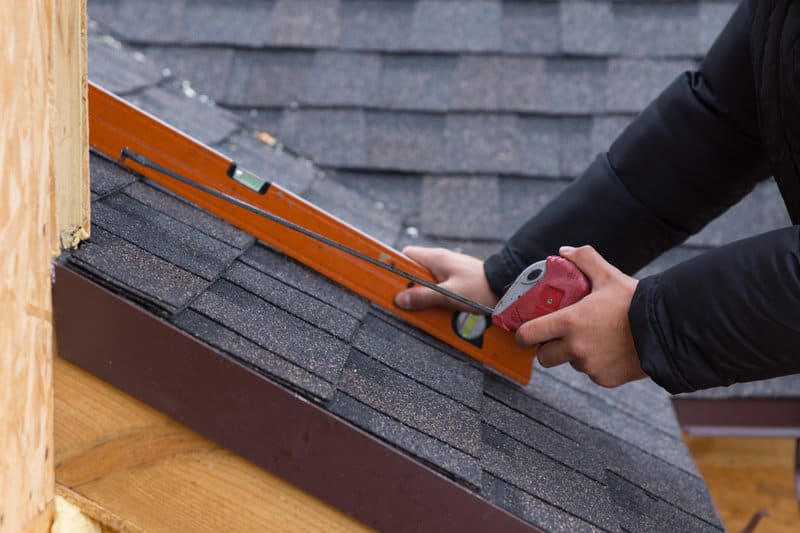-

Not everyone is fascinated by architecture, but have you ever stopped to wonder what determines the steepness of a roof?
If you haven’t, builders and architects have. The roof pitch helps them determine the exact ratio and angle of a roof.
Keep reading to learn why roof pitch is important.
What Is Roof Pitch?
In the construction industry, a roof pitch is a measuring system used to determine the steepness of the roof of a building.
Builders divide the vertical rise of a roof pitch by the slope, angle, or slant. All these three combined make the rise and fall of a roof.
The indicator of a roof pitch is the ratio, which is divided by two numbers, such as 1/12 or 5/12. These numbers are also the numerator and the denominator.
The numerator is the first number, also known as the measurement of the height of the roof.
On the other hand, the denominator is the second number, which indicates the horizontal length of the roof. The denominator is always even.
Why Is Roof Pitch Important?
Roof pitches are a crucial part of a roof’s pitch since it will determine the type of materials used on the roof.
Aside from the style of the roof and the aesthetics, the roof pitch also decides the long-term durability. They have to determine how long it will take for debris and water to get off the roof.
When thinking about the pitch of the roof, builders have to take into consideration the walkability in connection with the type of materials used.
Types Of Roof Pitches
There are two types of roof pitches: high-pitched and low-pitched.
Low-pitched roofs were most popular in the 1960s. These roofs appear to be flat, however, they tend to have a 1/12 pitch. Low-pitch roofs still have a bit of a slope to drain the water.
Commercial buildings, for example, have flat roofs but more residential structures are including flat roofs. More architects are implementing low-slope designs since green roofs are becoming more and more popular.
Most homes fall within the moderate ratio of moderate (4/12) and steep (8/12). Although there might be some exceptions such as almost flat or very steep.
High-pitched roofs are often associated with Victorian-era houses. These homes have really steep roofs (18/12).
Roofing Materials
In order to build a roof, the materials are important. Roof pitch must adhere to the recommended materials since not all of them work with each slope. Builders know better than to use wood and slate shingles on roofs which are steeper than 12/12.
Take a look at these materials and their slopes:
- Asphalt shingles: 4/12 to 20/12
- Rubber membrane: .25/12 to 3/12
- Built-Up (BUR): .25/12 to 3/12
- Standing-seam metal: .25/12 to 19/12
- Wood and slate shingles: 5/12 to 12/12
To Sum It Up
A roof’s pitch determines the steepness of the roof of a building. Not every material can be used with each roof pitch. Some materials work better on flat roofs, so it’s up to the builder to determine this for durability.
Need help with your roofing restoration? Contact us at (510) 521-7334 for more information or a free estimate.
Roof Pitch And Why It’s Important
Call Us On (510) 521-7334
Your Local Roofers Since 1978
We invite you to contact us today for an estimate on your roofing project.
1814 Clement Avenue Alameda, CA 94501
(510) 521-7334
info@centralbayroofing.comLicense: 435272 Class B, C-39
Site powered by RooferBoost
Copyright 2017 Central Bay Roofing and Restoration | Login
